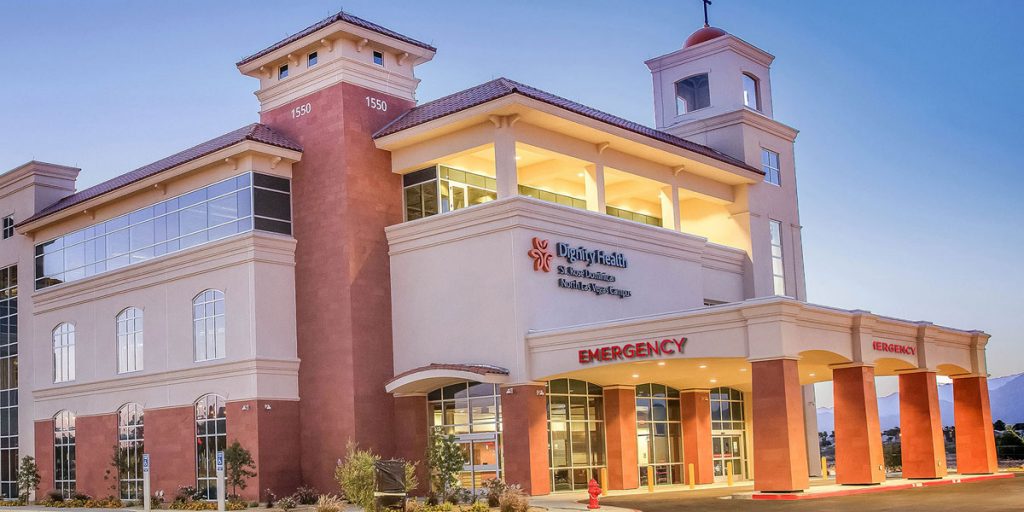Full article available on The Wall Street Journal.
Smaller hospitals are one change in the industry. Emerus Holdings and Dignity Health joined to open the St. Rose Dominican microhospital in North Las Vegas, Nev., last year.
The sprawling institutions we know are radically changing—becoming smaller, more digital, or disappearing completely. The result should be cheaper and better care.
In a shift away from their traditional inpatient facilities, health-care providers are investing in outpatient clinics, same-day surgery centers, free-standing emergency rooms and microhospitals, which offer as few as eight beds for overnight stays. They are setting up programs that monitor people 24/7 in their own homes. And they are turning to digital technology to treat and keep tabs on patients remotely from a high-tech hub.
…
Build smaller facilities
To offer services and expand in locales where it doesn’t make sense to build a new hospital, health systems are building free-standing emergency rooms and microhospitals, commonly called neighborhood hospitals. The scope of services varies, but microhospitals usually include emergency rooms and beds for short-stay recovery.
Houston-based Emerus Holdings Inc. partners with big health systems to open microhospitals. Commonly called neighborhood hospitals, they typically anchor a two- or three-story “healthplex” buildings with emergency care, labor and delivery, surgical procedures and lab and radiology services. For example, it has opened four in partnership with Dignity Health-St. Rose Dominican, which operates hospitals and other medical facilities in southern Nevada, allowing the system to expand services to a broader area around Las Vegas. And Emerus is joining with Highmark Health, which includes health plans and the Allegheny Health Network, operator of West Penn Hospital, to build multiple neighborhood hospitals in western Pennsylvania.
Typically, 92% of patients who come to the microhospitals are treated and sent home in an average of 90 minutes, and 8% are admitted overnight for care such as intravenous-medication administration, according to Chief Executive Craig Goguen. If need be, patients can be transferred to higher-level care, such as a hospital cardiac-catheterization lab, sometimes in less time than it takes in a hospital’s own emergency room, Mr. Goguen says.
…

